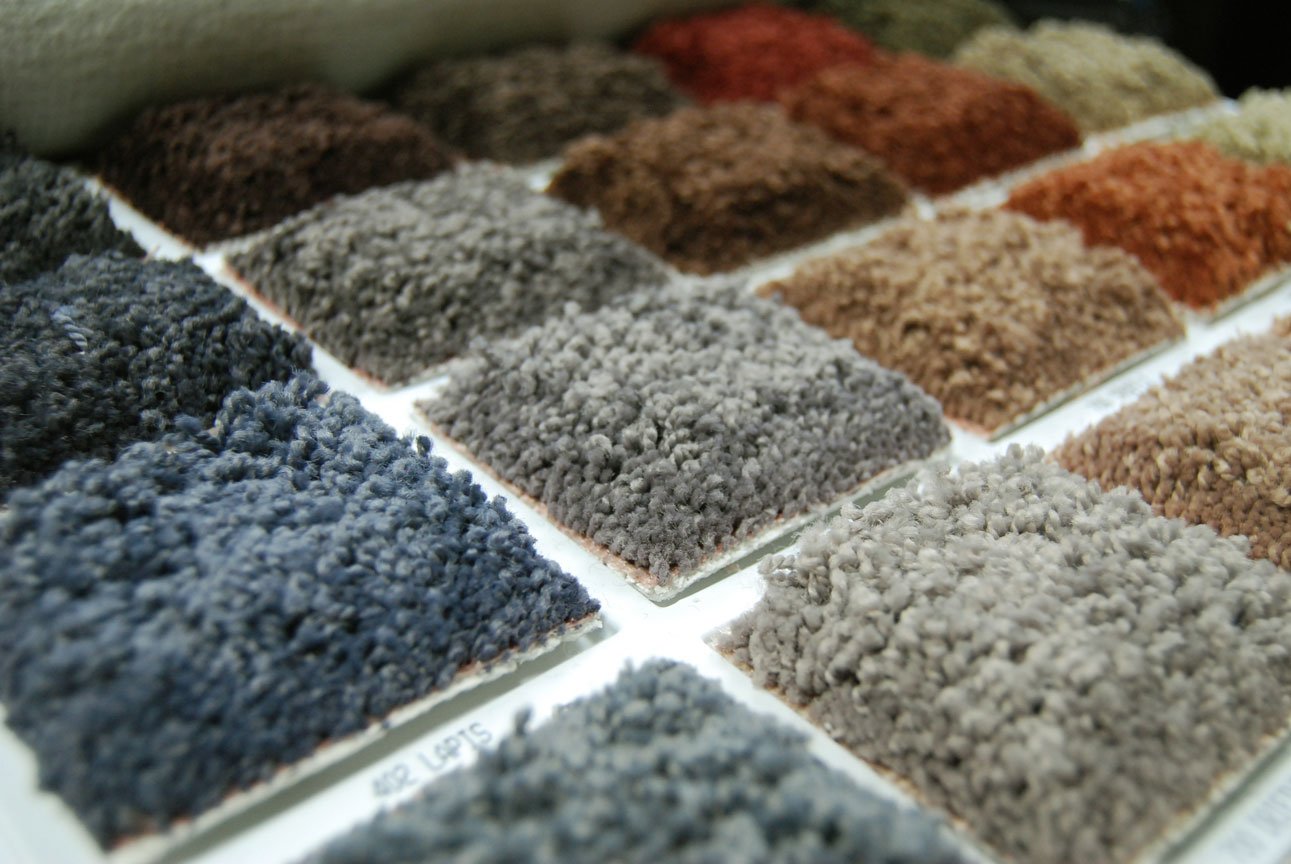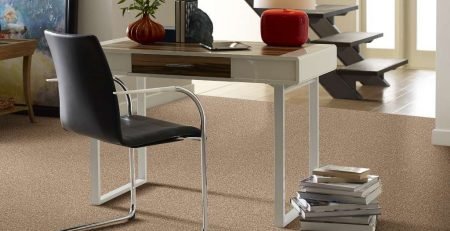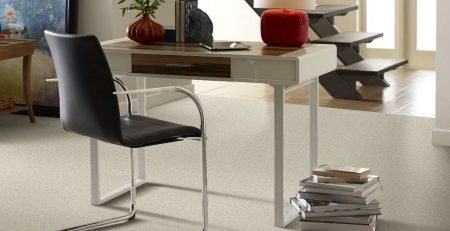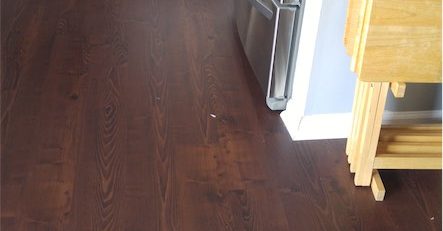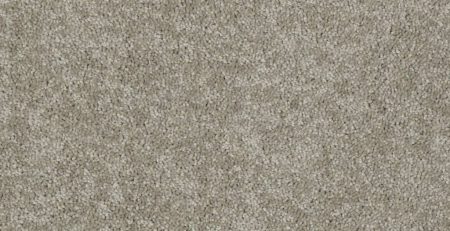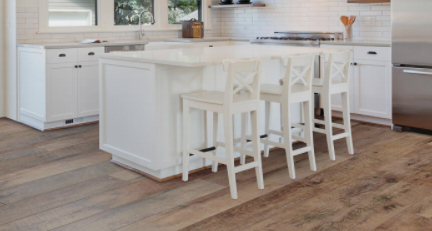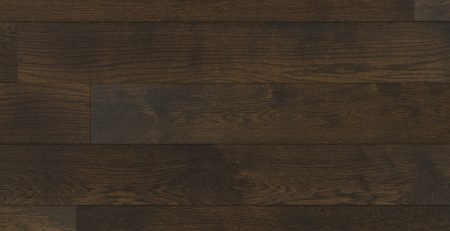Vinyl flooring to withstand Winter
At this time of year, you want to get comfortable surrounded by an environment with a rustic and homely aesthetic. As it starts to get colder, the idea of sheltering in a log cabin becomes more appealing.
All vinyl flooring has an optimal temperature range. Extreme cold can affect film and adhesive performance making installation difficult. On the other hand, extreme heat can make the adhesive too aggressive. So what are the risks? How do you know when it is too cold for your planned installation?
Why is ambient temperature important for vinyl installation?
It is very important since beyond choosing vinyl floors, the important thing is that they can adapt to the climate these days. Too hot or cold could cause problems if the adhesive is of poor quality or if the materials are not suitable.
What if it is too cold?
Low ambient or surface temperatures might reduce the plasticity of vinyl flooring material, which can decrease its ability to conform to a curved or slightly textured surface. If your substrate is smooth and flat, this won’t be a big problem.
The vinyl in the world can only be installed if the adhesive works and has good quality. At temperatures below the minimum, the adhesive becomes brittle that it cannot mold or stick to the substrate.
If it’s hot, how hot is it hot enough?
So how high the temperature has to be to prevent the installation from failing. That depends, every vinyl is different, but the general rule of thumb says about 45 ° F (7 ° C). To be sure it is within the optimal temperature range, I checked the technical data published by the manufacturers.
About moisture…
There is something we need to consider next and what we need to pay attention to.
Low temperatures for the floor can cause a decrease in the strength of self-leveling cement after solidification.
If the floor is wet, the cement may not be completely self-leveling; to check whether the self-leveling surface of the cement is dry enough, the moisture content is required to be less than 4.5%.
Before installation, it is necessary to first check whether the minimum temperature requirement of the building standard is met. Construction of the plastic flooring on the base surface with poor insulation measures should be avoided.
Due to the low internal temperature, some physical or chemical indicators of the adhesive may be affected, but it all depends on the material supplier, there are Chinese vinyl floors for example, which tend to deteriorate.
Due to the influence of temperature, the curing speed of the adhesive is slower; In order to prevent the flooring and adhesive from peeling off after construction, it is necessary to repeatedly press the pressure roller to fully stick it.
The drying period in winter is approximately 2-3 times later than in summer; the additional drying period should be maintained for at least 3-4 weeks.
Installation and storage tips
The temperature in the work area may be 24 ° C, but 2 ° C in the storage area, which means that the vinyl may not be ready to apply as soon as you move it from the warehouse to the work area. This same precaution is recommended when using tape, laminators, or any other self-adhesive product.
Same if the vinyl is at a warm temperature, but the installation will be on a substrate or vehicle that is in a cool environment, it is necessary to heat the surface before installation. This refers to the term “minimum application temperature.” The surface temperature of the substrate is just as important as that of the vinyl itself.
If you need advice on what type of material to choose for your floors in winter, do not hesitate to come to Philadelphia Flooring Solutions or make an online consultation directly with our team and we will be happy to assist you.

